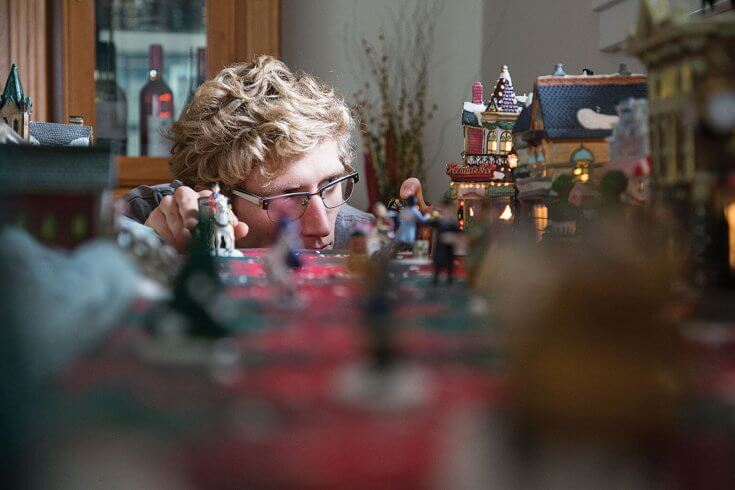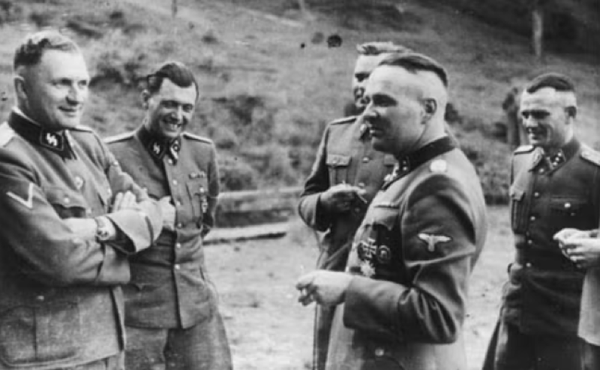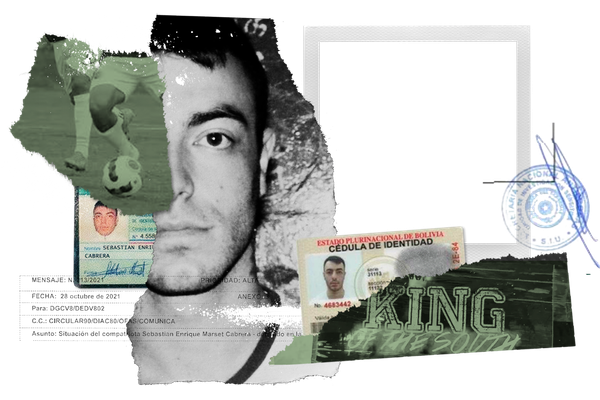I sold my wife's clothes to build a Christmas village

Almost everything you need to know about this piece is in the headline. Except why, of course :-) In any case, this essay by Richard Kemick is worth a read: "I can't remember not wanting a miniature Christmas village. It’s like how I can’t remember when I first realized I have bad posture: some things you never have to learn about yourself but rather just have to accept. I moved out of my parents’ house at seventeen, but my heart has never left—not out of some romantic notion of remembering my roots, but because the idea of renting an apartment with enough room to store my Christmas village borders on lunacy."
A WWI vet's unorthodox plan to reach the summit of Mount Everest
One summer day in 1933, a British man named Maurice Wilson clutched the stick of his tiny, open air biplane and watched his fuel gauge dwindle. He had only learned to fly two months earlier, but inexperience was not his biggest problem. His lengthy list of troubles included the angry British officials he had just left behind in Bahrain, the certainty of arrest if he turned left to land in Persia, the roiling waves of the Persian Gulf below, and the increasing likelihood that his fuel would run out before he reached a safe landing. But Wilson pushed on, knuckles white, because he sought a larger goal, a quest that he believed to be his God-given destiny: to crash his plane into Mount Everest.

An unusual remedy from the 1700s for potential drowning victims
In the 1730s, René Antoine Ferchault de Réaumur popularized a recent discovery: the seemingly lifeless could be revived with a wealth of strategies. This “Pliny of the Eighteenth Century” (Réaumur invented a precursor to the Celsius scale, influenced methods of silk production in China, and pioneered the process of metallic tinning still used today) wrote a pamphlet titled "Advice to aid those believed drowned." After debating the pros and cons of tickling the nose with feathers and filling a drowning man’s mouth with warm urine, Réaumur reveals what he believes to be the best technique: using a pipe stem to blow stimulating tobacco smoke into the intestines through the rectum. Louis XV found the pamphlet dazzling and encouraged its wide distribution.

He defected from North Korea to the US, and brought with him a MiG jet
Two months after the Korean War armistice, Lt. No Kum-Sok of the North Korean Air Force broke away from his 16-plane patrol near the nation’s capital, Pyongyang; streaked undetected into South Korea in his Soviet-built MIG jet fighter; and landed at a military airfield manned by the United States Air Force and airmen from allied nations. A veteran of more than 100 combat flights, the 21-year-old pilot brought a gift for the United States Air Force: the first intact MIG to fall into its hands. A year later, he had a new name — Kenneth Rowe — and a new country. He recently passed away at the age of 90.

What we could learn from the dabbawalas of Mumbai
In Mumbai, thousands of “dabbawalas” deliver hot lunches to hundreds of thousands of customers throughout the city, and then return the empty dabbas (lunchboxes) the same day. Harvard Business Review wrote about the dabbawala system in 2012 (found via the Why Is This Interesting newsletter): “The 5,000 or so dabbawalas in the city have an astounding service record. Every working day they transport more than 130,000 lunchboxes throughout Mumbai, the world’s fourth-most-populous city. That entails conducting upwards of 260,000 transactions in six hours each day, six days a week, 52 weeks a year. Amazingly, they do this without the use of any IT system or even cell phones."

There's no real consensus on how to visualize the elements
Everyone's probably familiar with the periodic table of the elements, which every child had to at least attempt to memorize in chemistry class. I only found out recently that there's no real consensus on how to visualize the elements, except that most agree the one we are all familiar with probably isn't the best way: "Even now, there’s no consensus about how to draw the Periodic Table. Hydrogen, the first and lightest element, has always been awkward: it tends to get plonked on top of the first column (the alkali metals), but it doesn’t really fit there—it’s not a metal, after all. Some prefer to see it float freely above the rest, a hydrogen balloon over the edifice of elements." For bonus points, you can listen to humorist (and math prof) Tom Lehrer recite the elements.

A Lego set based on Hokusai's famous Great Wave print
Lego's 1810-piece set based on The Great Wave Off Kanagawa comes with an 85-minute companion audio piece about Hokusai's original woodblock print and how the Lego team adapted it. https://t.co/rWAnpzgL7h
— kottke.org (@kottke) January 6, 2023

